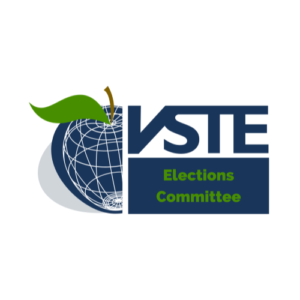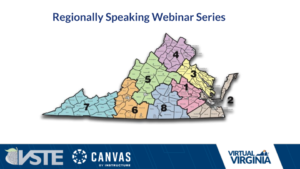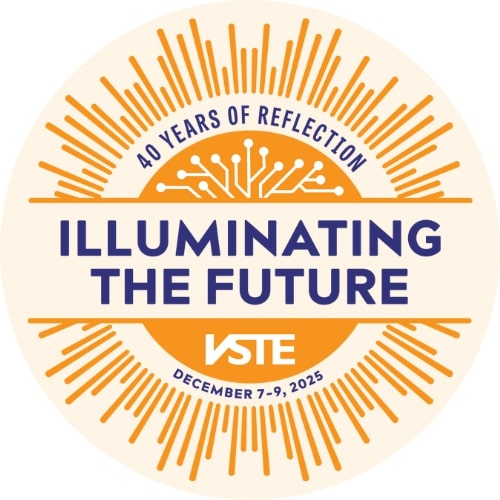2023 Election & Candidates
Voting began on April 3rd via a membership-protected site and will be open through April 24, 2023.
You will need to log-in to the member site to have access to the page with the ballot.
You must be a member in good standing at least 10 days prior to the start of the election to be eligible to vote. Follow this link to the Elections page to vote!







